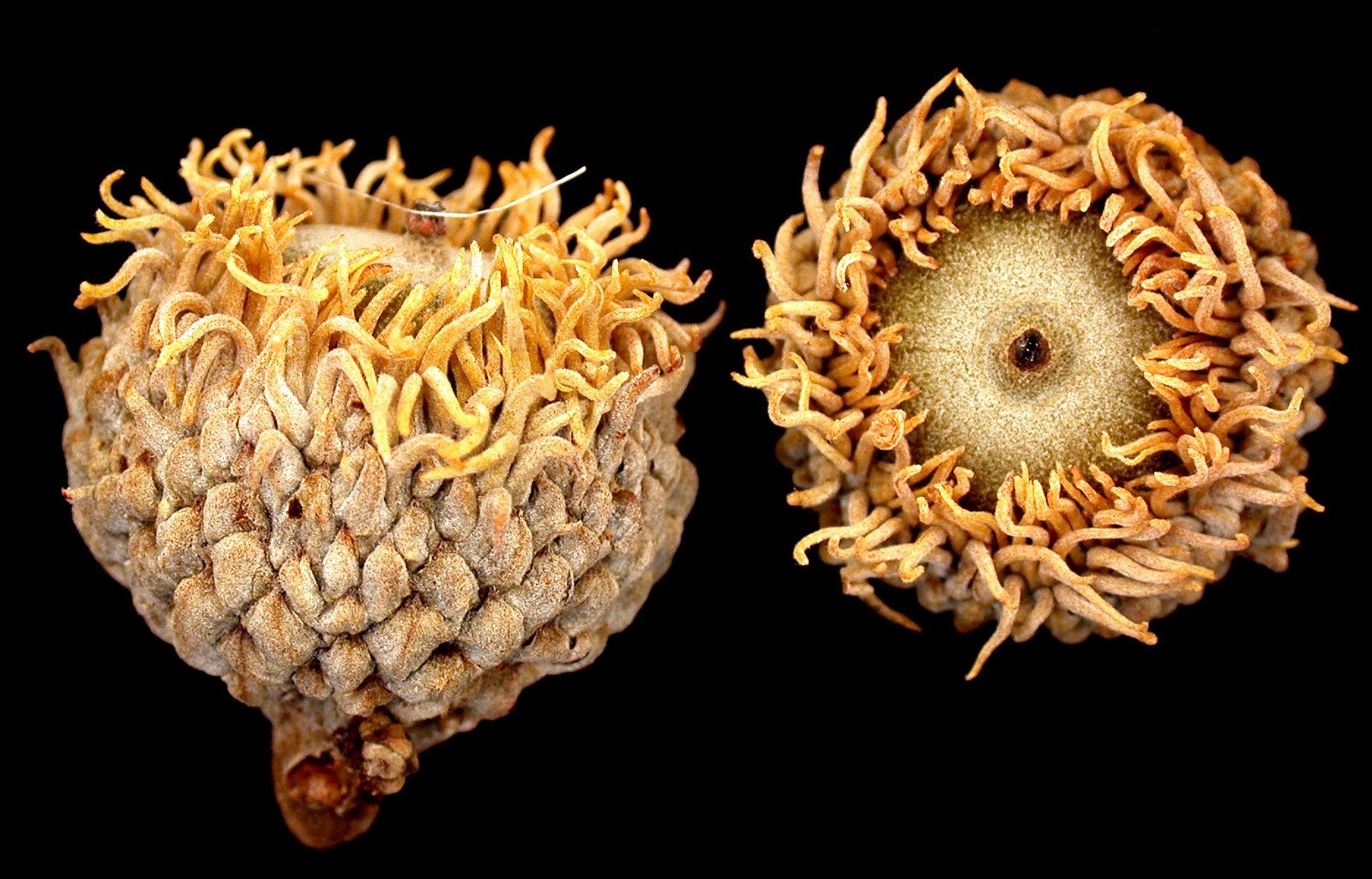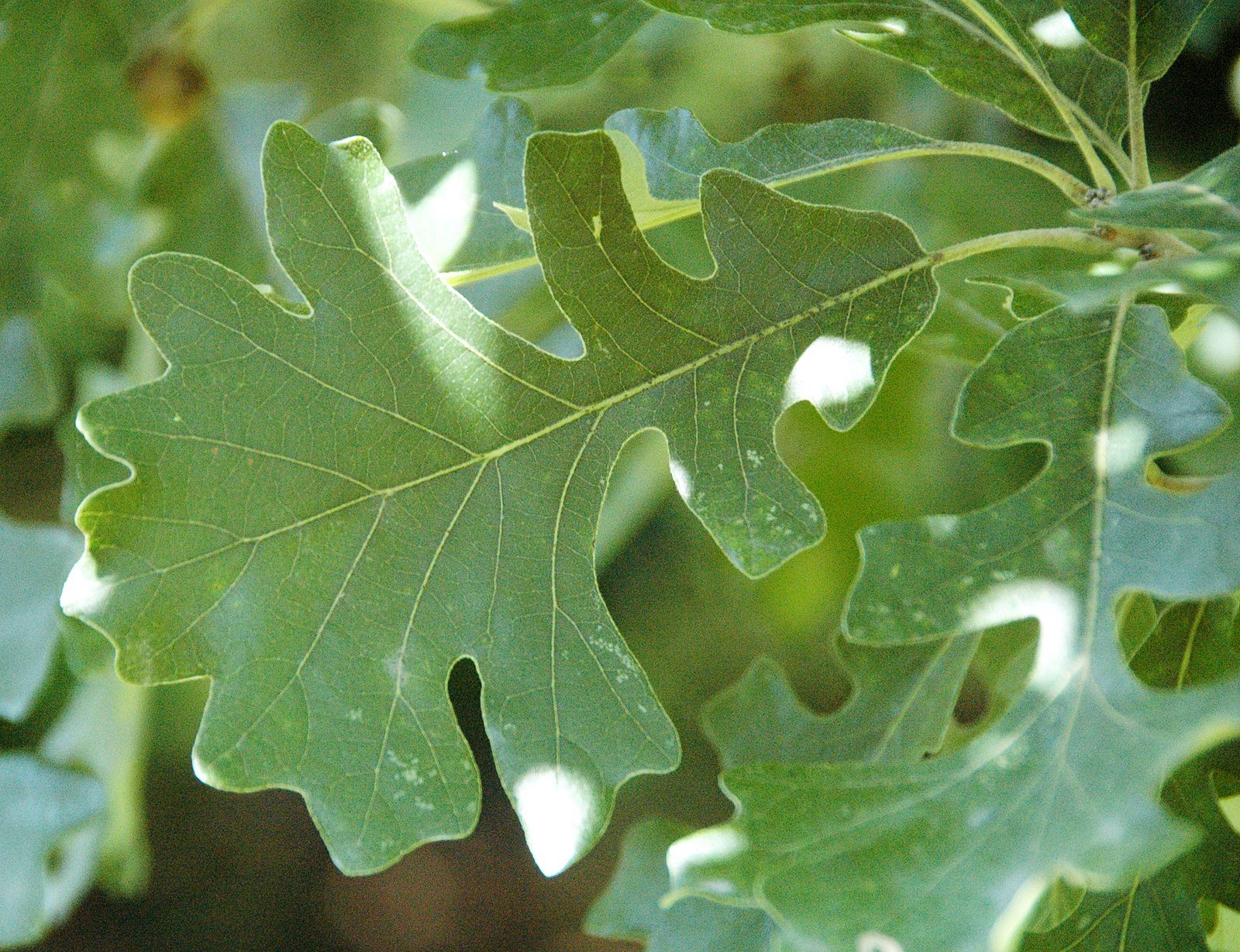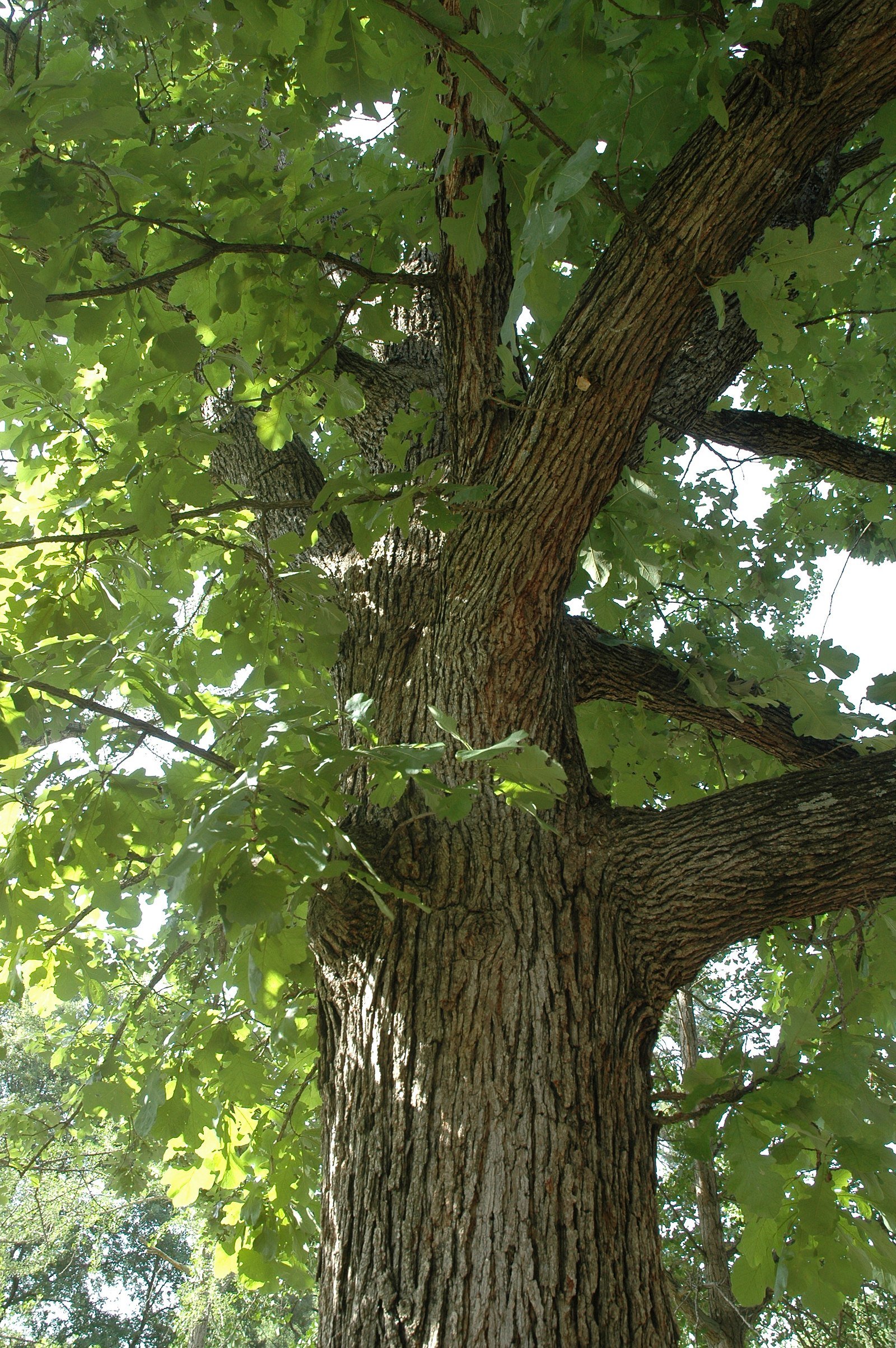 Image 1 of 4
Image 1 of 4

 Image 2 of 4
Image 2 of 4

 Image 3 of 4
Image 3 of 4

 Image 4 of 4
Image 4 of 4





Bur Oak (Quercus macrocarpa)
Host plant for 488 caterpillar species
Selling second year local eco type Bur Oaks Grown from acorn.
Mother tree is the champion tree in Mecklenburg county (near sunset rd).
Tree is roughly 12” tall in a 15” deep pot.
This oak can grow to be 70-80 feet tall and wide. It prefers full sun exposure and moist, well-draining soil. Its acorns are large and fringed with a distinctive "bur," which gives the tree its name.
The Bur Oak has been used for centuries by Native American tribes for a variety of purposes, including making baskets, medicine, and food. The acorns were a particularly important food source. (Source: University of Wisconsin-Madison Arboretum)
Technically not native to the piedmont of NC. It will thrive and provide for our ecosystem just like any other white oak species.
Host plant for 488 caterpillar species
Selling second year local eco type Bur Oaks Grown from acorn.
Mother tree is the champion tree in Mecklenburg county (near sunset rd).
Tree is roughly 12” tall in a 15” deep pot.
This oak can grow to be 70-80 feet tall and wide. It prefers full sun exposure and moist, well-draining soil. Its acorns are large and fringed with a distinctive "bur," which gives the tree its name.
The Bur Oak has been used for centuries by Native American tribes for a variety of purposes, including making baskets, medicine, and food. The acorns were a particularly important food source. (Source: University of Wisconsin-Madison Arboretum)
Technically not native to the piedmont of NC. It will thrive and provide for our ecosystem just like any other white oak species.
Host plant for 488 caterpillar species
Selling second year local eco type Bur Oaks Grown from acorn.
Mother tree is the champion tree in Mecklenburg county (near sunset rd).
Tree is roughly 12” tall in a 15” deep pot.
This oak can grow to be 70-80 feet tall and wide. It prefers full sun exposure and moist, well-draining soil. Its acorns are large and fringed with a distinctive "bur," which gives the tree its name.
The Bur Oak has been used for centuries by Native American tribes for a variety of purposes, including making baskets, medicine, and food. The acorns were a particularly important food source. (Source: University of Wisconsin-Madison Arboretum)
Technically not native to the piedmont of NC. It will thrive and provide for our ecosystem just like any other white oak species.
